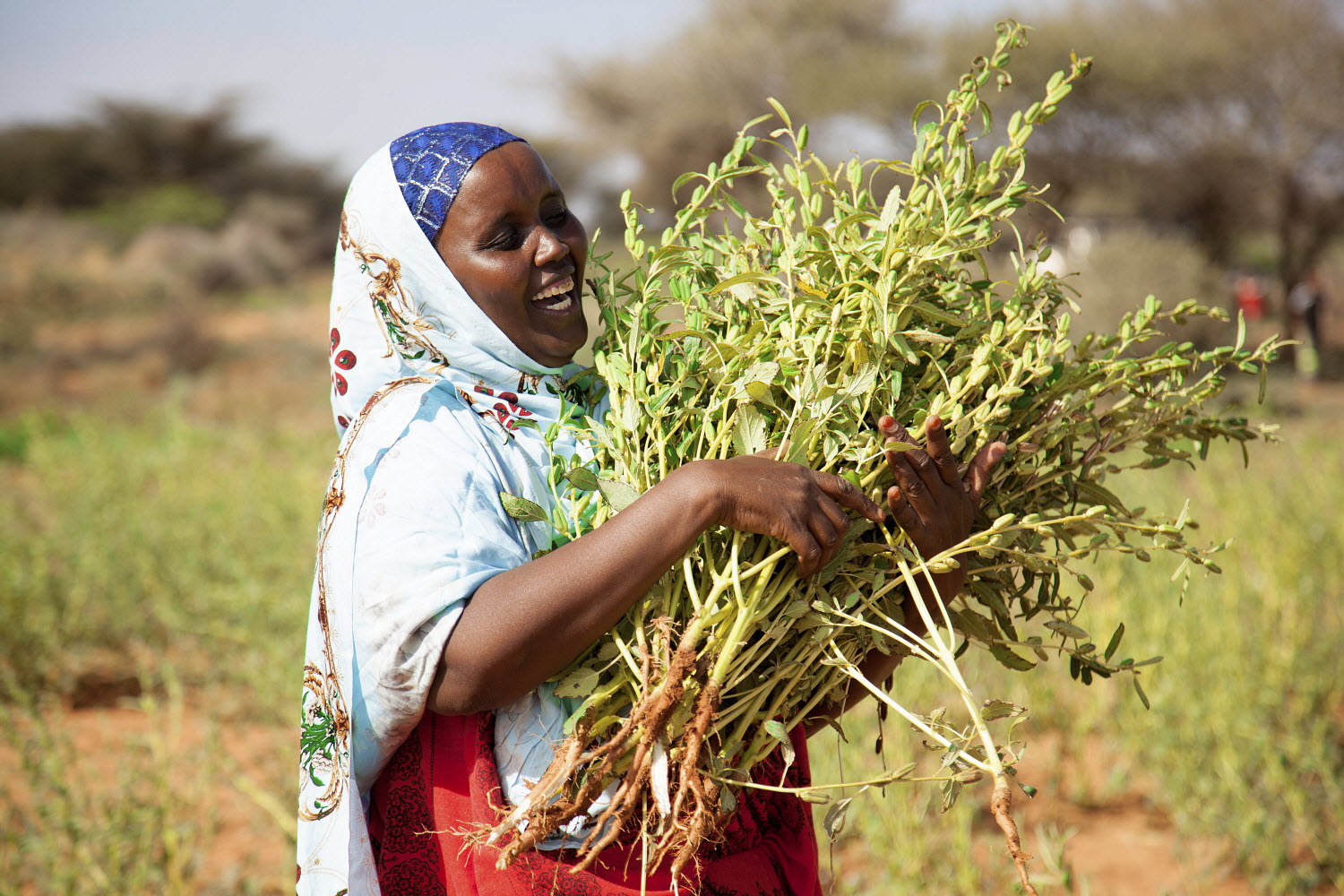Evaluation of FAO’s Cash and Voucher Assistance
Cash,
vouchers, and in-kind transfers are tools used to increase access to
food, water, health care and other goods and services, to build and
support livelihoods. The specific method of transfer varies depending on
the local context, their effectiveness in reaching intended objectives
and outcomes, and organisational capacity.
Cash and voucher
assistance (CVA) interventions are regularly cited by crisis-affected
populations as their preferred modality for receiving assistance and
increasingly perceived as a more empowering and dignified way of
assisting affected populations. In addition, increases in purchasing
power through cash injections allow for protection of assets (keeping
rather than selling them to cover immediate needs) and investments in
livelihoods and productive capacity that stimulate economic recovery.

FAO
has been implementing CVA interventions for over two decades in a
variety of contexts and scales. FAO identifies a role for CVA in
providing immediate relief to farmers, strengthening resilience of their
livelihoods to future shocks (such as, drought, poor production, and
pests), increasing agricultural production, improving food security and
nutrition, and reducing rural poverty. CVA is used to support the
transition from humanitarian assistance to development, including
through enhanced linkages with social protection systems that can be
leveraged to respond to shocks and crises.
FAO’s technical
expertise lies in combining cash transfers with agricultural
interventions to ultimately benefit communities through economic
multiplier effects. In particular, FAO has been increasingly using the
Cash+ approach, which complements cash transfers or vouchers with the
provision of agricultural productive inputs, assets, activities and/or
technical training, as a way to maximize the impact and sustainability.
The cash provided to beneficiaries is designed to address their
immediate food and other basic needs, while the ‘plus’ component
promotes their engagement in productive activities.
Evaluation objectives and scope
The evaluation will be the first comprehensive assessment conducted on FAO’s CVA portfolio. It will:
- Assess and report on the relevance, efficiency and effectiveness of the use of CVA operations and activities (accountability).
- Identify factors that facilitated or inhibited the use and effectiveness of CVA in order for the evaluation to develop lessons that will help in updating FAO policy and programming (learning).
The evaluation will draw on the accumulated experience in the use of CVA to support organizational learning and seek to provide insights for the future. The evaluation is intended to serve several specific purposes:
- Examine the relevance of the various CVA modalities to FAO’s mandate and the needs of beneficiaries and assess how the use of CVA modalities is being factored in programme design.
- Clarify the comparative advantage of FAO in delivering CVA.
- Examine the role of partnerships in coordinating and delivering CVA.
- Consolidate evidence on the effectiveness and efficiency of CVA and the factors influencing results.
- Identify the enablers and blockers of increasing the use of CVA by FAO.

Cluster evaluation of projects on protecting, improving, and sustaining food security in rural Somalia
Somalia has suffered decades of complex emergencies and is facing one of the most protracted crises in the world. In 2020, the food security situation improved, however, the overall situation remains poor and again worsened in 2021.
The cluster evaluation covers FAO projects in Somalia that incorporate cash transfers between 2019-2021. The evaluation provides accountability for results achieved in improving and sustaining food security in Somalia.
